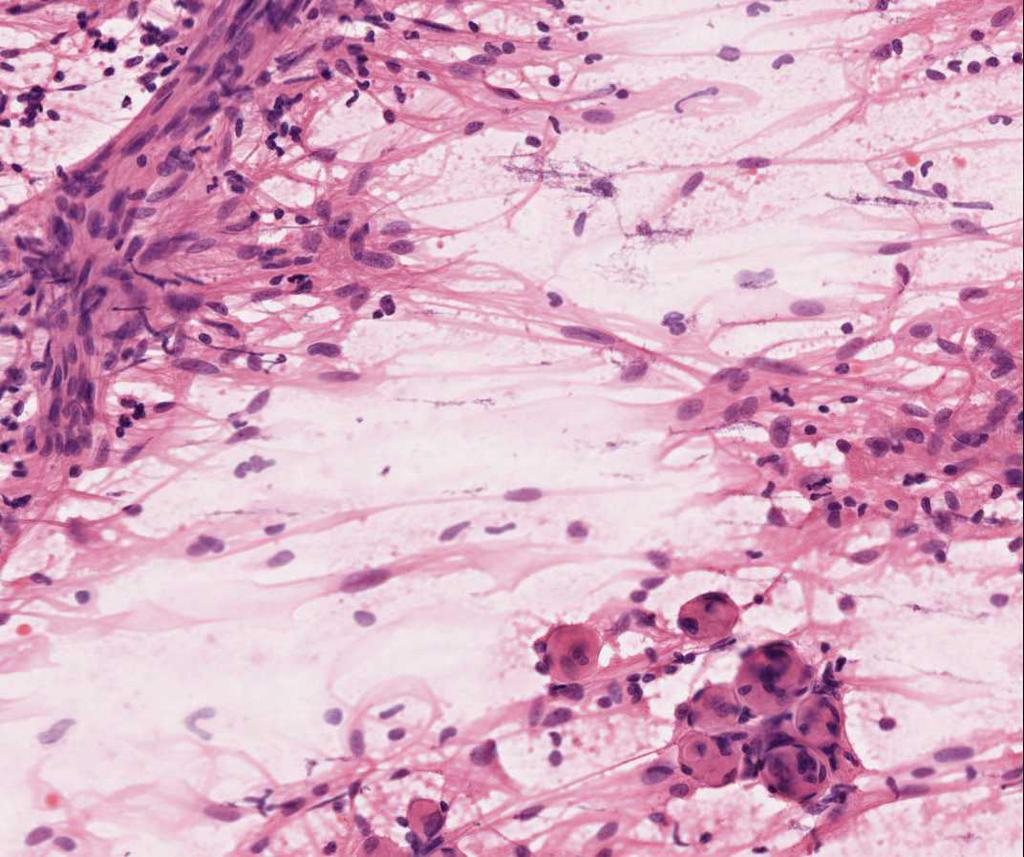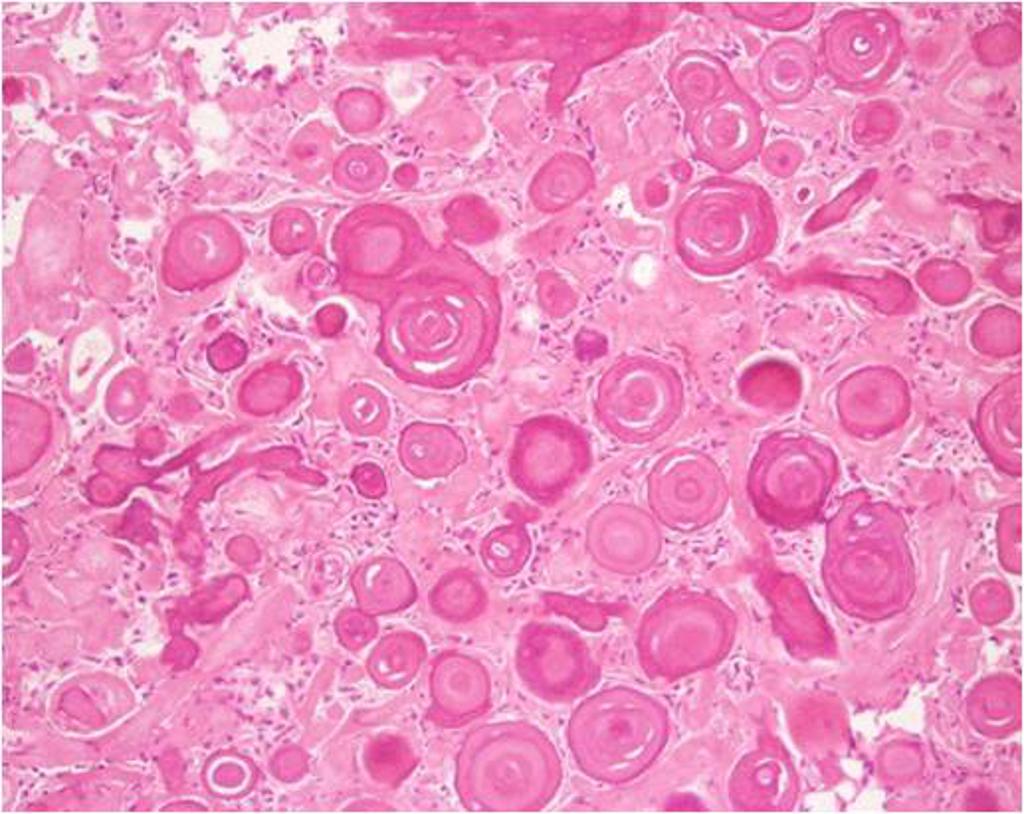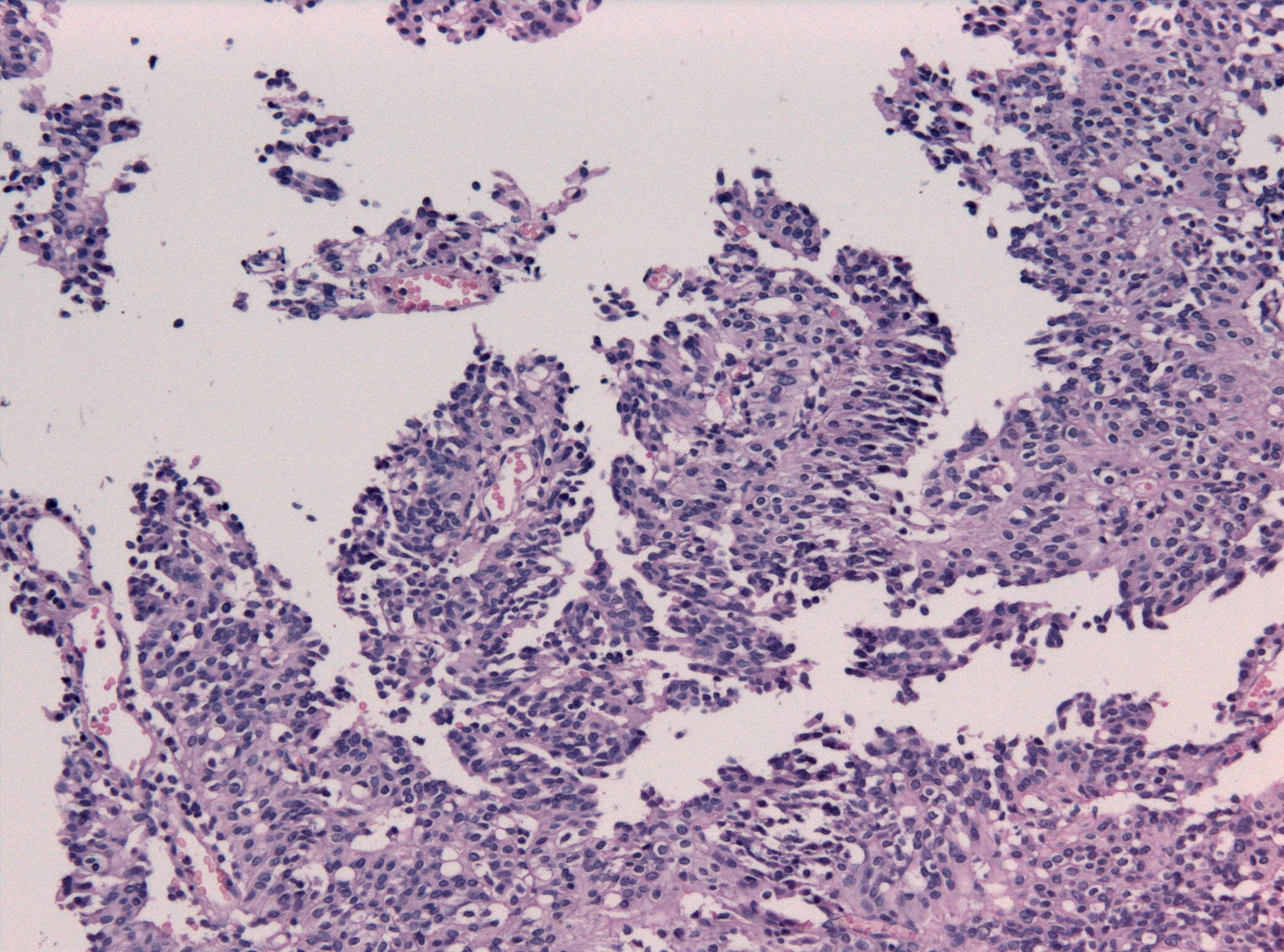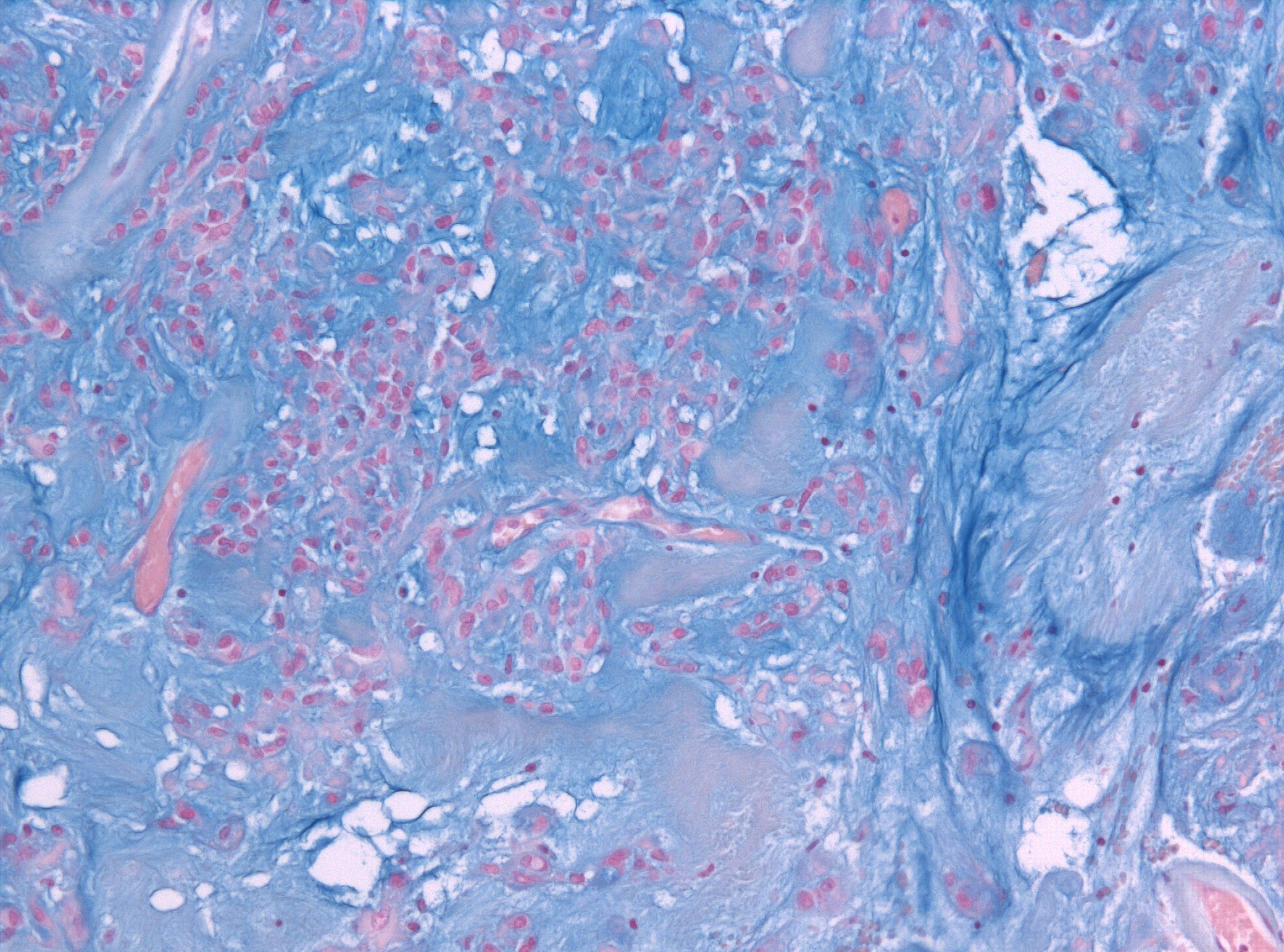Meningioma classification
|
Meningioma Microchapters |
|
Diagnosis |
|---|
|
Treatment |
|
Case Studies |
|
Meningioma classification On the Web |
|
American Roentgen Ray Society Images of Meningioma classification |
|
Risk calculators and risk factors for Meningioma classification |
Editor-In-Chief: C. Michael Gibson, M.S., M.D. [1] Associate Editor(s)-in-Chief: Ifeoma Odukwe, M.D. [2] Haytham Allaham, M.D. [3]
Overview
Meningioma has been classified into 3 groups by the WHO: benign classic meningioma (WHO grade 1), atypical meningioma (WHO grade 2), and anaplastic malignant meningioma (WHO grade 3). The WHO grade 1 group grow very slowly and consists of about 9 variants. About 3 variants correspond to WHO grade II, their association with malignancy is not clear but they grow faster than benign meningiomas. About 2 variants correspond to WHO grade III.
Classification
- WHO has classified meningiomas into histological and cytomorphological variants. Nine variants correspond to WHO grade I which are the benign classic meningiomas, three correspond to WHO grade II which are atypical meningiomas, and three in WHO grade III and are anaplastic malignant meningiomas.[1]
| WHO Grade | Subtypes |
|---|---|
|
Benign classic meningioma |
|
|
Atypical meningioma |
|
|
Anaplastic malignant meningioma |
|
Gallery




References
- ↑ 1.0 1.1 Harter, Patrick N.; Braun, Yannick; Plate, Karl H. (2017). "Classification of meningiomas—advances and controversies". Chinese Clinical Oncology. 6 (S1): S2–S2. doi:10.21037/cco.2017.05.02. ISSN 2304-3865.
- ↑ Commins, Deborah L.; Atkinson, Roscoe D.; Burnett, Margaret E. (2007). "Review of meningioma histopathology". Neurosurgical Focus. 23 (4): E3. doi:10.3171/FOC-07/10/E3. ISSN 1092-0684.